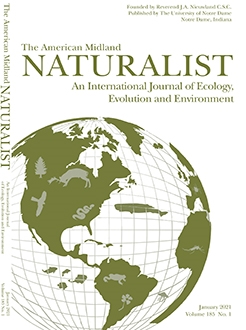Wolverines (Gulo gulo) were nearly eliminated from the contiguous U.S. by the mid-1920s, when they began to naturally recolonize portions of their historical range. Currently, the Greater Yellowstone Ecosystem in Wyoming represents the southernmost distribution. Using remote cameras, we detected two female wolverines in 2016 and 2017 in Wyoming, originally captured as juveniles. At nearly 11 and 12 y old, both were documented in the same areas where they appeared to set up home ranges previously, suggesting continued residency. The presence of long-lived females near the southern boundary of recolonization is important to the persistence of residents as well as population expansion. However, nearest habitat to the south is ≥130 km across open land atypical of wolverine habitat. Connectivity between island-like patches of habitat will be critical to continued recolonization, although active restorations may still be needed in areas unlikely to receive females through natural dispersal.
How to translate text using browser tools
11 January 2021
Long-lived Female Wolverines (Gulo gulo) Documented at the Southern Edge of Recolonization
Nichole L. Bjornlie,
Clint D. Atkinson,
Robert M. Inman,
Jesse T. Boulerice
ACCESS THE FULL ARTICLE
It is not available for individual sale.
This article is only available to subscribers.
It is not available for individual sale.
It is not available for individual sale.





